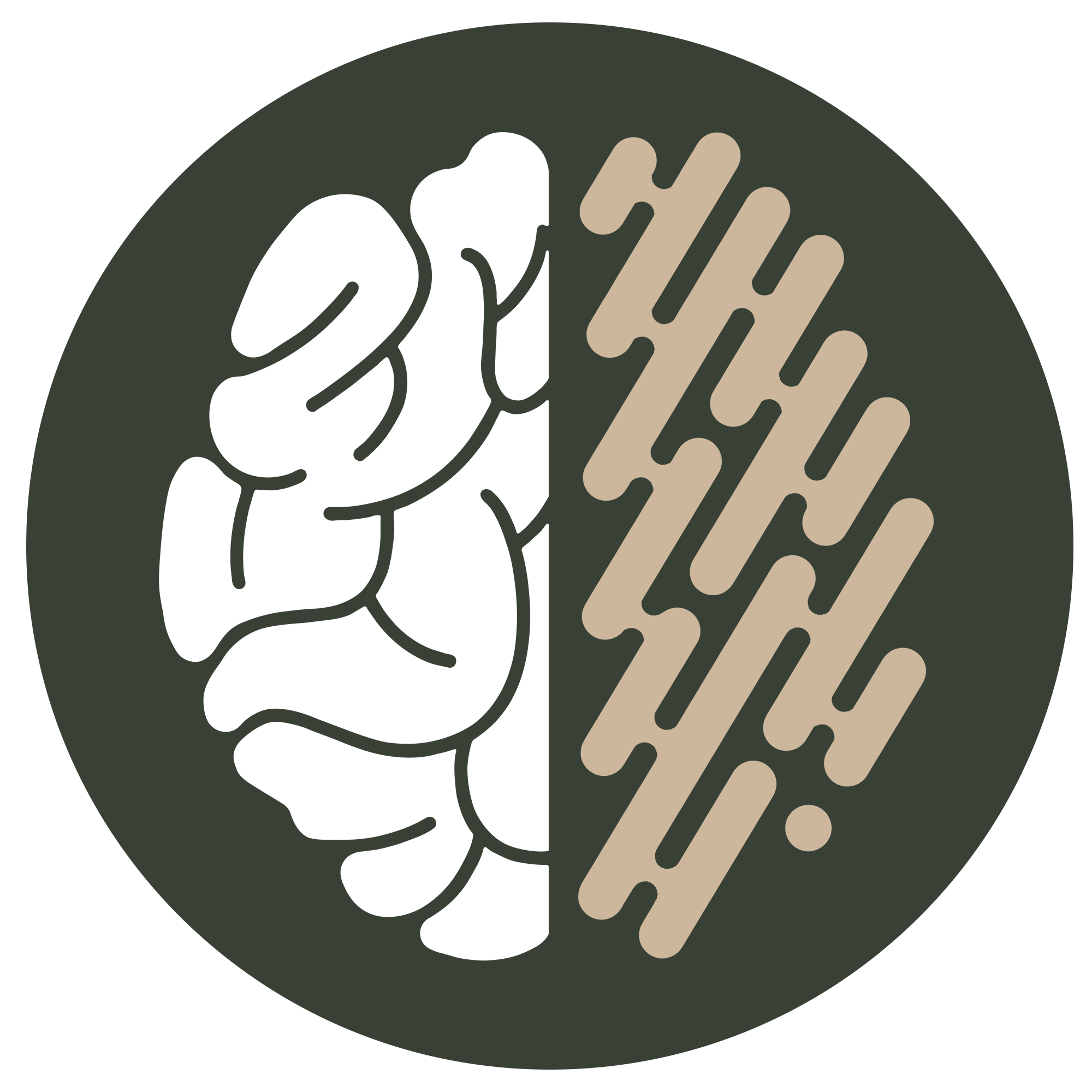The world of work is changing.
Companies are fighting harder than ever to find and keep good people. But while they search, a great talent pool waits, often overlooked. These are the neurodivergent—people whose minds work differently. They have autism, ADHD, dyslexia, and more. They make up a significant part of the population, yet many remain without jobs or stuck in roles that don’t use their full potential. A recent study shows why this happens and what we can do to change it and how we can embrace neurodiversity in the workplace.
Key Findings on Neurodiversity in the Workplace
The study dug deep into the minds of neurodivergent workers and neurodiversity in the workplace. It asked them how they feel about their jobs, what makes them feel included, and what shuts them out. The findings identified six key inclusion categories and six exclusion categories, offering valuable insights into how these individuals experience their work environments. The findings were clear and simple.
Inclusion Matters | The Six Key Inclusion Categories

Psychological Safety
Neurodivergent employees thrive in environments where they feel safe to express themselves without fear of negative consequences.

Appreciation
Feeling valued and appreciated for their unique contributions further reinforces their sense of inclusion.

Feeling Heard
The sense that their voices and opinions are valued and considered by colleagues and management.

Understanding of Neurodiversity
Awareness and understanding of neurodiversity among coworkers and leaders are vital for fostering a truly inclusive environment.

Close Connections with
Co-Workers
Building strong interpersonal relationships within the workplace contributes significantly to a sense of belonging.

Flexible Work Accommodations
The importance of accommodations that are easy to implement, low-cost, and tailored to the specific needs of neurodivergent employees was highlighted as crucial for their success.
Exclusion Hurts | The Six Key Exclusion Categories

Toxic Culture
A hostile or unsupportive workplace culture can lead to feelings of exclusion and alienation among neurodivergent employees.

Feeling Unappreciated
A lack of recognition for their efforts and contributions can diminish their sense of belonging.

Feeling Unheard
When their input is ignored or undervalued, neurodivergent employees may feel excluded from the workplace community.

Lack of Neurodiversity
Awareness
A lack of understanding or awareness about neurodiversity can lead to unintentional exclusion and discrimination.

Social Ostracism
Being socially isolated or ostracised by colleagues can exacerbate feelings of exclusion.

Lack of Flexible Work Accommodations
The absence of necessary accommodations can significantly hinder their ability to perform and feel included.
It’s Time to Step Up
These findings are a wake-up call. Companies must act if they want to create an inclusive workplace for neurodiversity. It’s not just about being fair—it’s good business. The benefits are clear.

Create Safety
Build a culture where every worker, especially the neurodivergent, feels they can speak without fear.

Be Flexible
Offer simple adjustments. These small changes can lead to big results.

Educate Everyone
Teach your team about neurodiversity. Understanding leads to acceptance and better teamwork.

Value Contributions
Recognise the unique skills that neurodivergent workers bring. Their different ways of thinking can drive innovation.
Conclusion
In the end, embracing neurodiversity is more than the right thing to do. It’s the smart thing to do. Neurodivergent workers have much to offer. When companies take the time to understand and support them, everyone wins. The workplace becomes richer, more innovative, and stronger. In a world where fresh ideas are gold, neurodiversity is a treasure waiting to be discovered.
Resources
Lively, S. (2023). Neurodiverse perceptions of inclusivity in the workplace (Doctoral dissertation). University of Missouri-St. Louis. Available from ProQuest Dissertations and Theses Global. https://www.proquest.com/openview/caac752caf7a0a69116207aa31928722/1?pq-origsite=gscholar&cbl=18750&diss=y



